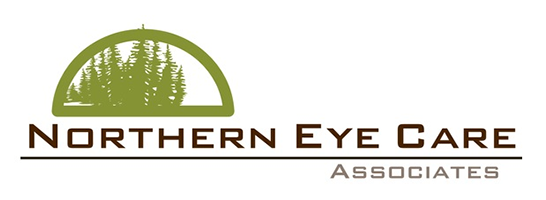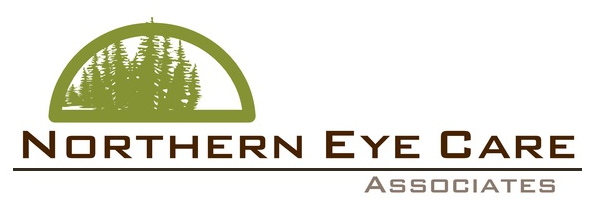Have you considered getting online eye tests? The idea of being able to get an eyeglass prescription and buy glasses without a trip to the eye doctor may sound appealing. Before ditching the traditional eye exams, there are a few things you need to know!
Online Eye Tests
The most important thing to know about online eye tests is they do not evaluate the health of your eyes. Even if they are called “online eye exams,” these exams only measure your visual acuity and refractive error. Some online eye tests can check for contrast sensitivity and color blindness. However, none of this can tell the health of your eyes.
The only way to know the complete health of your eyes is through eye exams with your doctor. During an eye exam, your doctor can detect vision-threatening conditions such as cataracts, glaucoma, or macular degeneration. Early detection of these conditions can prevent vision loss and blindness.
Know The Risks:
- Online eye exams cannot detect eye diseases
- Improper testing can occur due to error or misreading instructions
- Higher chance of getting incorrect prescription due to self-administered the eye test
- If you think the prescription is incorrect, your only option is to pay again and retake the test
- An eyecare professional is not present to answer questions or concerns
Validation of Online Eye Tests
The results of online eye tests have not been guaranteed to be accurate measures of your prescription. Due to this being relatively new technology, there have not been enough studies to determine the reliability and validity of online eye tests.
Additionally, many online eye tests say their technology is suitable only for people between the ages 18 and 40 who are in good health. The limitations of the eye test raise concerns to the overall validity of the test. For these reasons, we do not recommend them as your sole option for your receiving your prescription.
The best way to ensure your eyes are healthy, you receive the correct prescription, and get answers to all your questions is through face-to-face eye exams with your eye doctor. Our staff of trained eyecare professionals will help you through every step of the process. Our office is here to address any questions or concerns you may have.

